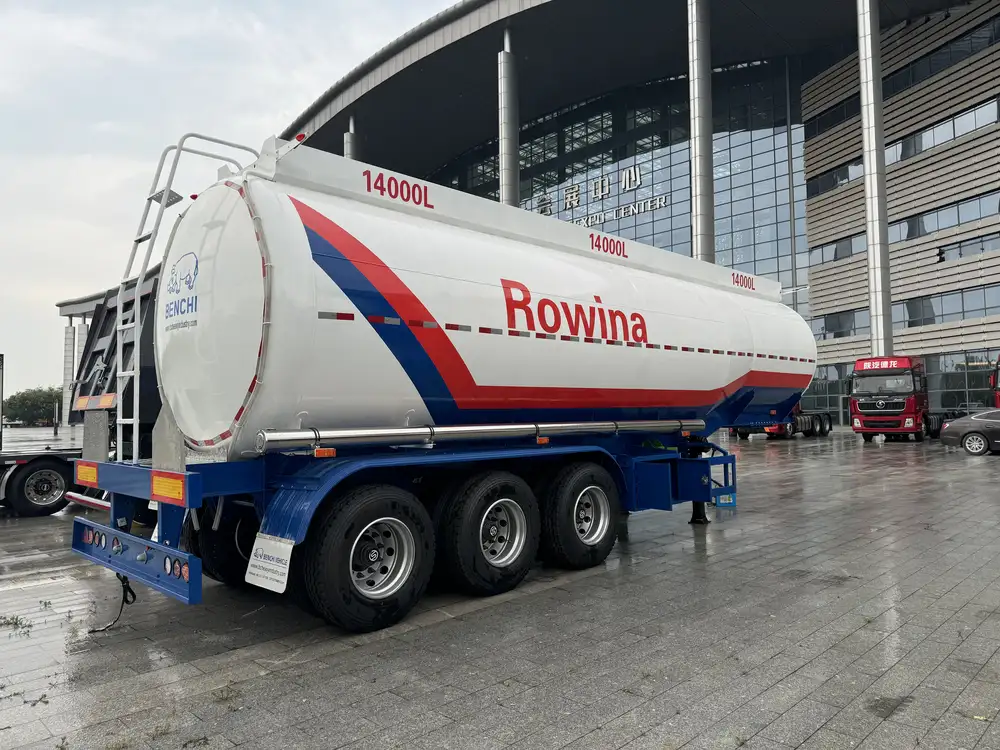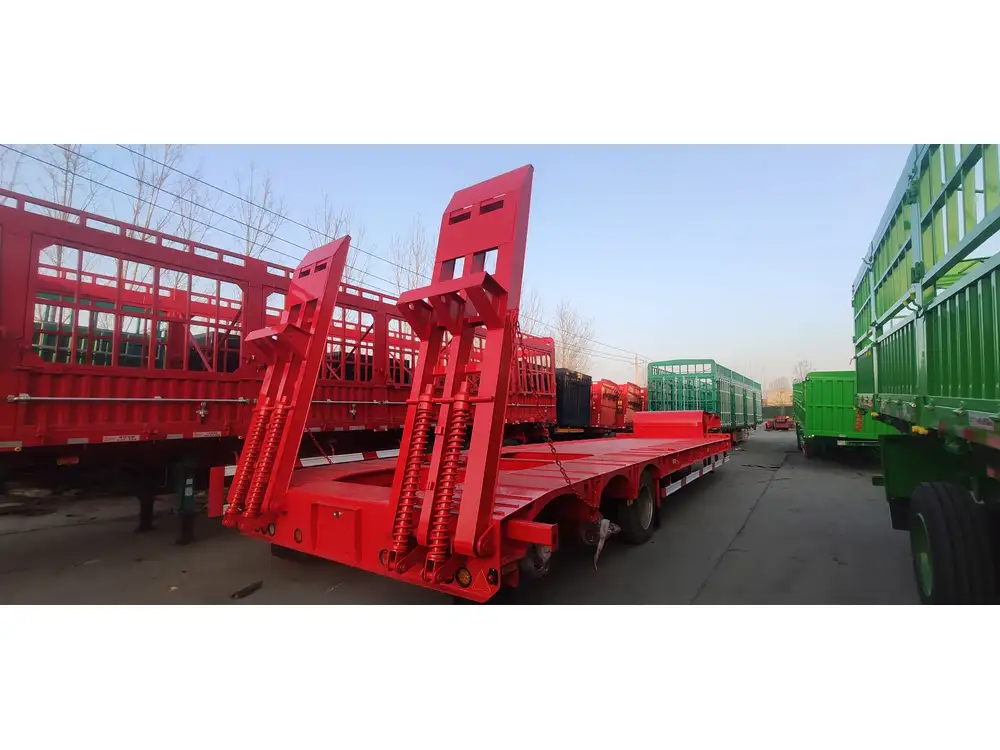Pulling a fifth wheel trailer with a semi-truck is a topic that sparks the interest of many truck owners and enthusiasts alike. It presents an array of considerations ranging from compatibility and legal requirements to safety measures and hauling capacity. In this comprehensive guide, we will navigate the intricacies involved in using a semi-truck for towing a fifth wheel camper. We aim to equip you with the knowledge needed to make informed decisions.
Understanding Fifth Wheel Trailers
Before diving into the specifics of towing with a semi-truck, let’s clarify what fifth wheel trailers are. These trailers utilize a special coupling mechanism that attaches to a hitch positioned in the bed of the towing vehicle. The design fosters superior weight distribution and stability during transport, which is why many RV enthusiasts favor fifth wheels for their traveling experiences.
Key Characteristics of Fifth Wheel Trailers
| Feature | Description |
|---|---|
| Design | A raised forward section with a hitch that connects to a semi. |
| Size | Varies widely, from compact models to larger, luxurious options. |
| Weight | Typically ranges from 5,000 to over 20,000 pounds, depending on size and features. |
| Interior Space | Offers more living space, often equipped with multiple rooms. |
| Stability | Superior stability during towing due to the hitch placement lower than the trailer’s center of gravity. |

Popular Models and Their Specifications
To understand which fifth wheel trailers can be towed by a semi, it’s essential to discuss some popular models and their specifications.
| Model Name | Length | Weight (UVW) | Hitch Weight | Comments |
|---|---|---|---|---|
| Grand Design Solitude | 34-42 ft | 11,000-15,000 lbs | 2,200-3,300 lbs | High-end finishes, multiple slide-outs. |
| Keystone Montana | 33-40 ft | 10,000-15,000 lbs | 2,000-2,800 lbs | Known for luxury and spacious interiors. |
| Forest River Cedar Creek | 29-42 ft | 10,700-15,000 lbs | 1,800-2,400 lbs | Offers a wide range of features and options. |
Compatibility Between Semi-Trucks and Fifth Wheel Trailers
Determining whether your semi-truck can comfortably pull a fifth wheel trailer hinges mainly on weight capacity and hitch compatibility.
Weight Capacity Considerations
Gross Combined Weight Rating (GCWR): Each vehicle has a specified maximum weight it can safely handle, which includes both the truck and the trailer combined. Confirm your semi-truck’s GCWR, which can often be found in the owner’s manual.
Truck’s Curb Weight: This is the weight of the empty truck. The combined weight of your truck and fifth wheel should not exceed the GCWR.
Fifth Wheel’s Gross Vehicle Weight Rating (GVWR): This number indicates the maximum weight capacity of the fifth wheel trailer. Always ensure your semi-truck can handle this weight.

Hitch Compatibility
Semi-trucks typically require an adapter or a specific type of fifth wheel hitch. Here’s a simple checklist to consider:
- Hitch Weight: Must fall within the capability range of the truck.
- Adapter Requirements: Ensure the right hitch adapter is fitted for a seamless connection.
| Truck Type | Common Hitch Types | Notes |
|---|---|---|
| Conventional Semi | 5th Wheel Hitch | Requires a special adapter. |
| Heavy Duty Pickup | Standard 5th Wheel | May not require an adapter. |
Safety Requirements for Towing
Once you have verified your truck’s compatibility and prepared the hitch, there are various safety measures you must adopt.
Inspection: Conduct a thorough inspection of both the semi-truck and fifth wheel before each trip.
Load Distribution: Ensure your cargo is evenly distributed to avoid instability.
Braking System: Check that the braking system is suitable for the weight of the fifth wheel trailer.
Towing Mirrors: Install extended mirrors for better visibility while towing.
Practice Maneuvering: Given the size of both vehicles, practicing maneuvers is vital for safe navigation.
Legal Regulations and Requirements
While the technicalities of towing a fifth wheel are crucial, understanding legal frameworks is equally important. Each state may enforce different regulations concerning towing capacity, road usage, and trailer specifications.

Local Regulations
- Towing Licenses: Some jurisdictions may require special licenses for towing heavy loads.
- Weight Limits: Adhere to the weight limits imposed by the state, which might differ based on the type of roads you travel.
- Registration: Ensure that your fifth wheel trailer is appropriately registered, as this may vary from state to state.
Troubleshooting Common Towing Issues
While towing a fifth wheel trailer with a semi may seem straightforward, various issues can arise. Here are some common problems along with solutions.
Problem: Difficulty in Steering
Solution: This often indicates uneven weight distribution. Make sure the trailer is balanced and that your load is distributed properly. Adjust the hitch height if necessary.

Problem: Swaying While Towing
Solution: Trailer sway can be dangerous. Auxiliary anti-sway devices or weight distribution hitches can help. Ensure that your cargo is secured, as shifting loads can exacerbate swaying.
Problem: Braking Issues
Solution: If your truck and trailer are not stopping in sync, inspect the brake system. Fitting the correct brake controllers that can adapt to the trailer’s weight is imperative.
Problem: Tire Issues
Solution: Frequent tire blowouts can occur due to exceeding weight limits or improper inflation. Verify tire pressure regularly and ensure tires are rated for the load.

The Advantages and Disadvantages of Towing with a Semi
Understanding the pros and cons helps in making informed decisions about whether to tow a fifth wheel with a semi-truck.
Advantages
- Power and Torque: Semi-trucks offer high towing power, making them suitable for larger fifth wheels.
- Stability: The hitch design provides stability during both straight drives and turns.
- Comfort: Towing with a semi allows for a more enjoyable experience, especially on longer trips.
Disadvantages
- Fuel Consumption: Semis are generally less fuel-efficient when towing large loads.
- Maneuverability: The larger the combination of trucks and trailers, the more challenging it can be to maneuver in tight spaces.
- Initial Investment: If your semi isn’t equipped to tow a fifth wheel, additional investments in hitches and modifications may be necessary.

Conclusion
Towing a fifth wheel trailer with a semi is undoubtedly a feasible option when the appropriate conditions are met. Ensuring that your vehicle setup adheres to specifications, follows legal regulations, and includes the necessary safety measures will lead to a safe and enjoyable towing experience.
If you are contemplating this endeavor, carefully assess your semi’s capacity, hitch compatibility, and be mindful of legal requirements specific to your location. With the right preparation and knowledge, you can transform your semi-truck into an effective towing vehicle for your fifth wheel trailer, opening up a world of travel possibilities and adventures on the open road.
With this comprehensive guide, we empower you to navigate the complexities of this towing arrangement. Use this knowledge to inform fellow enthusiasts, engage in conversations about towing practices, or simply for your personal use in planning your next great journey with a fifth wheel in tow.



